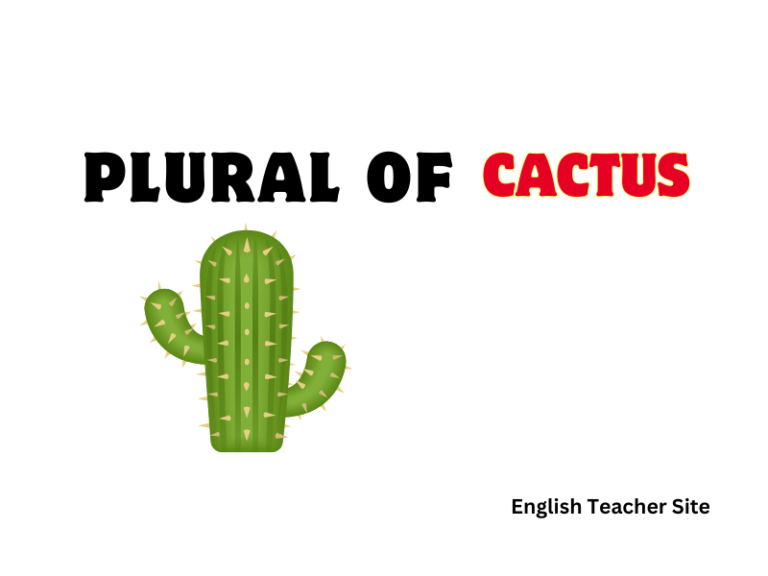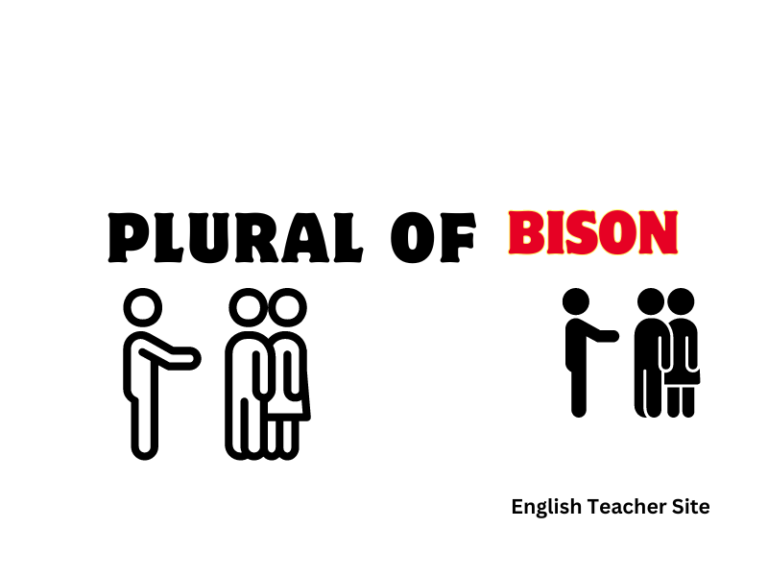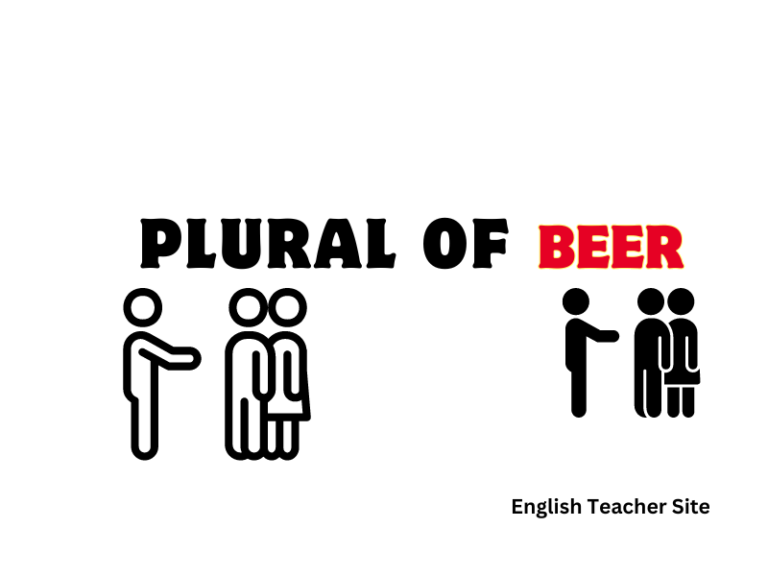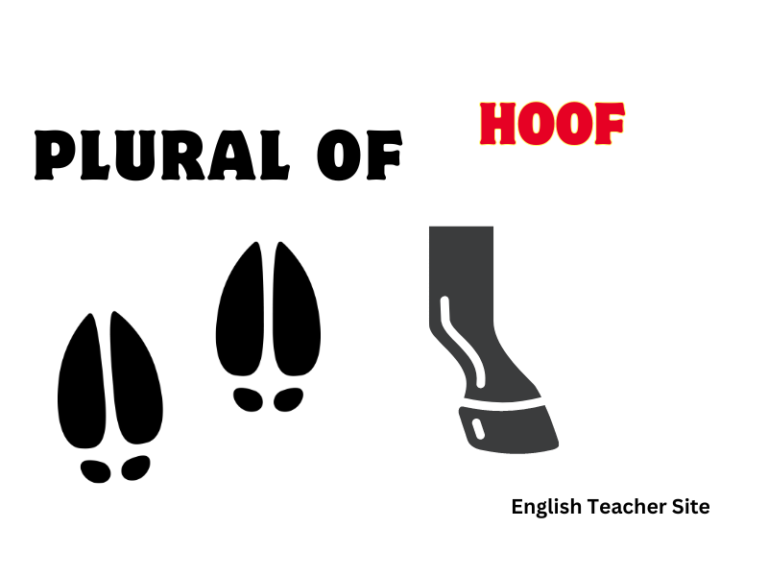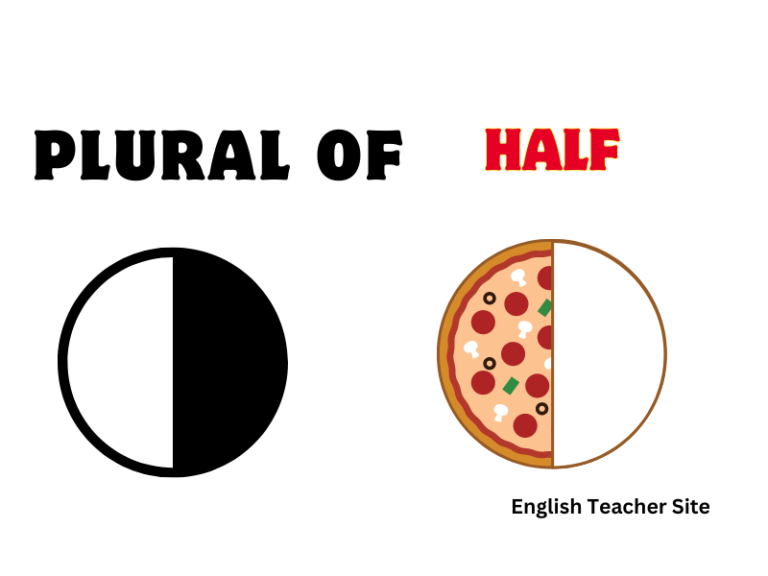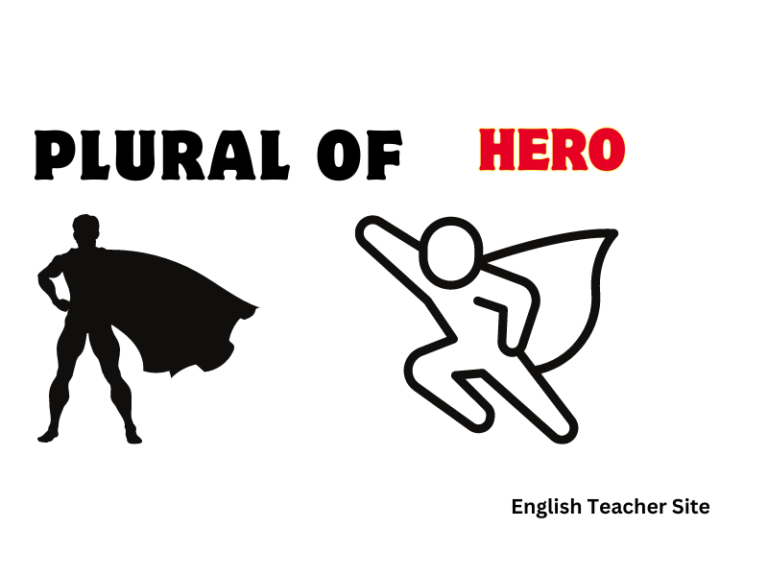What’s the Plural of Bureau? Understanding Correct Usage in English Grammar
The English language is full of nuances that can sometimes stump even the most proficient speakers. One such example is the word “bureau,” which carries different meanings and has origins that trace back to French. In its singular form, “bureau” can refer to an agency or organization, as well as a piece of furniture. But…


